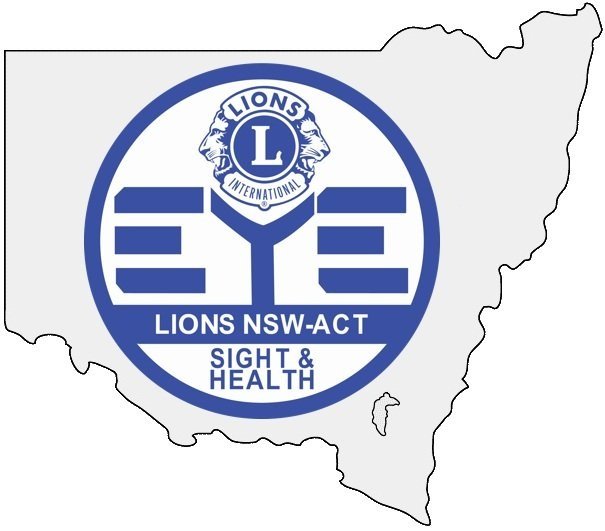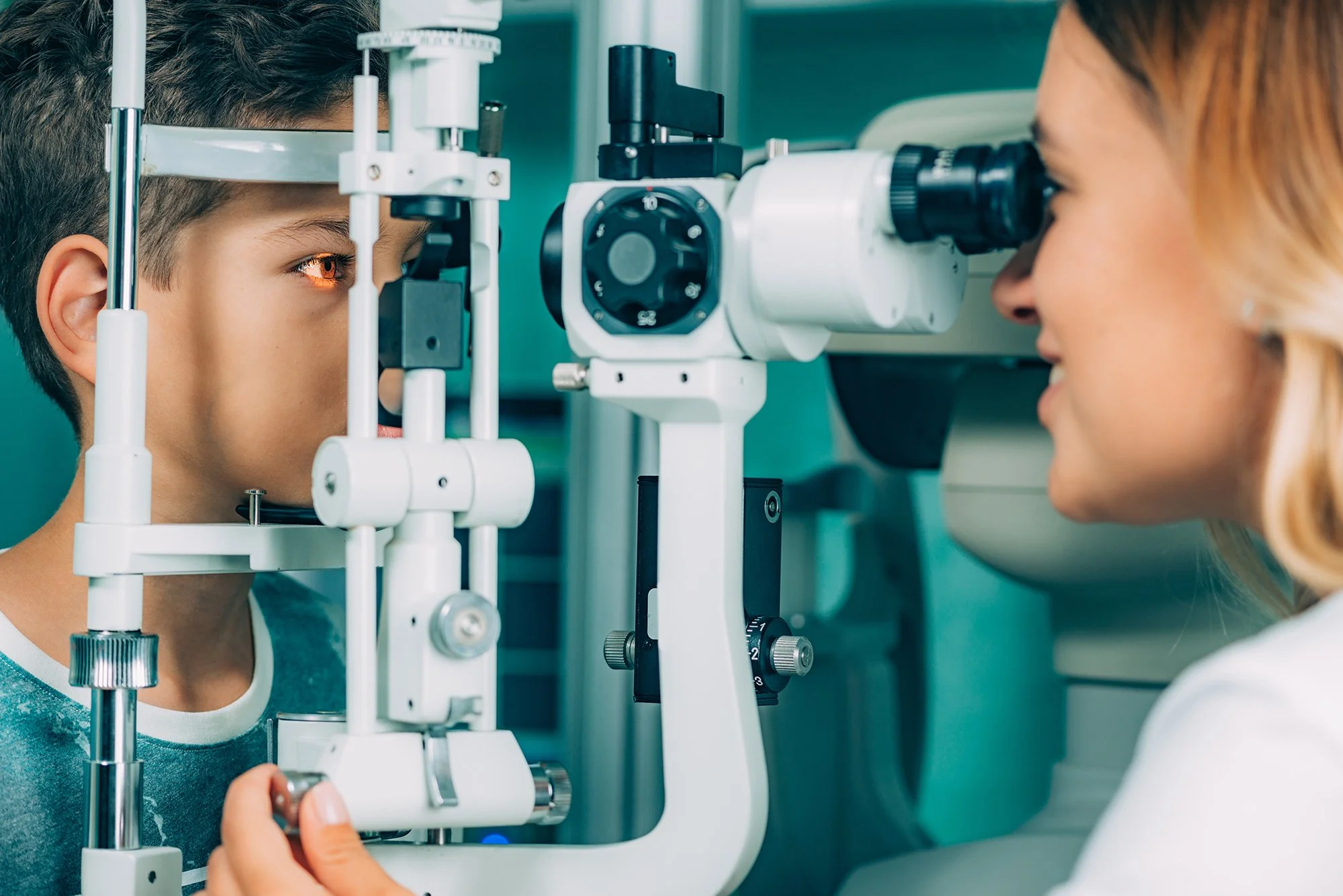Lions NSW Eye Bank
Many people are awaiting corneal transplants.
The availability of corneas is limited and the demand is high. Your decision to donate would make a huge difference.
It is not so long ago that members of the community concerned about the religious and ethical issues surrounding eye and organ donation held a meeting in Sydney. It was interesting that among all religions and beliefs there was an understanding that the decision to donate from one's own family member was easily understood and accepted.
Considering that the family is the basic unit of our community, and that our presence within any particular family embraces an element of chance, it's not hard to envisage that we may have been born into any family or community within Australia or the rest of the world. This raises the question, who is your brother, and who is your sister?
In December 2005 we celebrated the 100th anniversary of the first human organ transplant, which was a corneal transplant.
The Gift of Sight
Those in the community who have their eyesight restored must know that they are the recipients of a precious gift from one human being, namely the Gift of Sight. The decision to donate means that your gift will make a difference. It is a decision families should discuss.
What is a corneal transplant?
The Cornea is the clear tissue that covers the lens at the front of the eye. Blindness caused by clouding or distortion of the eye can be repaired by removing the damaged cornea and transplanting a healthy cornea from a donor. During the transplant, the defective cornea is replaced by an identical sized piece of healthy corneal tissue and is held in place with sutures that are painless and nearly invisible.
Of all organs and tissue transplants, the cornea is the most common and the most successful. This microsurgery can restore vision for more than 90% of the people suffering from corneal blindness. Procedures and techniques are being improved constantly. Around 500 of these operations are performed each year in NSW. There is, however, a long waiting time for a transplant during which patients suffer varying degrees of disability.
The reason for the waiting time is only because of lack of donors.
The operation was first performed over a hundred years ago in 1905 and is still the basis for the current surgical technique.
" . . . . the most common and successful human transplant . . . . "
Click Here to download an Informative Booklet about the Lions NSW Eye Bank
Who needs corneal transplants?
Appearance of the eye after a common type of corneal transplant. The stitches ARE EVENTUALLY REMOVED
The cornea may become damaged when injury, disease, infection, or scarring changes its shape or clarity. Some of these conditions are hereditary, and it is the third most common form of blindness.
People of all ages from young children to the elderly are currently waiting in NSW for corneal transplant operations and the number increase each year. These people depend on donors to restore their sight. There is no other way.
How does the Eye Bank work?
The Lions NSW Eye Bank is the centre for collection, storage, preparation and distribution of corneas in NSW and the ACT. It also assists research into eye disease.
The Lions NSW Eye Bank is responsible for the donation process, distribution of corneas, for the education of medical staff and the community, liaising with relatives as well as providing information and advice to those considering donation.
Who can become a donor?
As long as a cornea is healthy, it can be used to restore sight. Cataracts, poor eyesight or age do not prohibit you from becoming a donor. In most cases, those who wear glasses or contact lenses can become eye donors as they have an optical rather than a medical problem.
How will my donation be used?
Enucleation, the removal of eyes from the donor must occur within 12 hours of death. This procedure is carried out by skilled paramedical personnel. Storage and preparation of the cornea for transplantation takes place at the Eye Bank. The cornea may be stored for up to 5 days before being given to the ophthalmic surgeon for transplantation.
Corneas are given to patients on the waiting list on the basis of individual need. Those in urgent need are provided material as soon as possible. Patients usually have less than 48 hours notice of surgery.
Donations which are not used for transplantation may be used for research into the prevention of blindness and saving sight This can only happen following family consent.
What may affect my family’s decision to donate?
Some people are concerned that the removal of eyes will disfigure the person. Every care is taken to maintain the donors appearance. Others are concerned about any cost involved or whether funeral arrangements will be delayed. There is no cost incurred by the donor family, and as the procurement takes place within several hours of death, families may proceed as planned with funeral arrangements.
How can I become an eye donor?
There are several ways to ensure that your wish to become an eye donor is achieved. You should indicate your decision to be a donor on your driver’s license, or carry a donor card, but most importantly inform your family of your intention. These discussions will assist your next of kin to carry out your wish to become a donor. Medical personnel can not remove the eyes if the family or next of kin says no. Your next of kin will be asked to sign a consent form for the donation after your death.
For your wish to become a donor to be fulfilled, the next of kin/family/doctor should inform the staff at the hospital to contact the Lions NSW Eye Bank. This involves a simple phone call to the coordinator on call. Coordinators are rostered to be able to carry out a 24 hour, 7 days per week service.
Eye Bank Report Newsletter Nov 22





